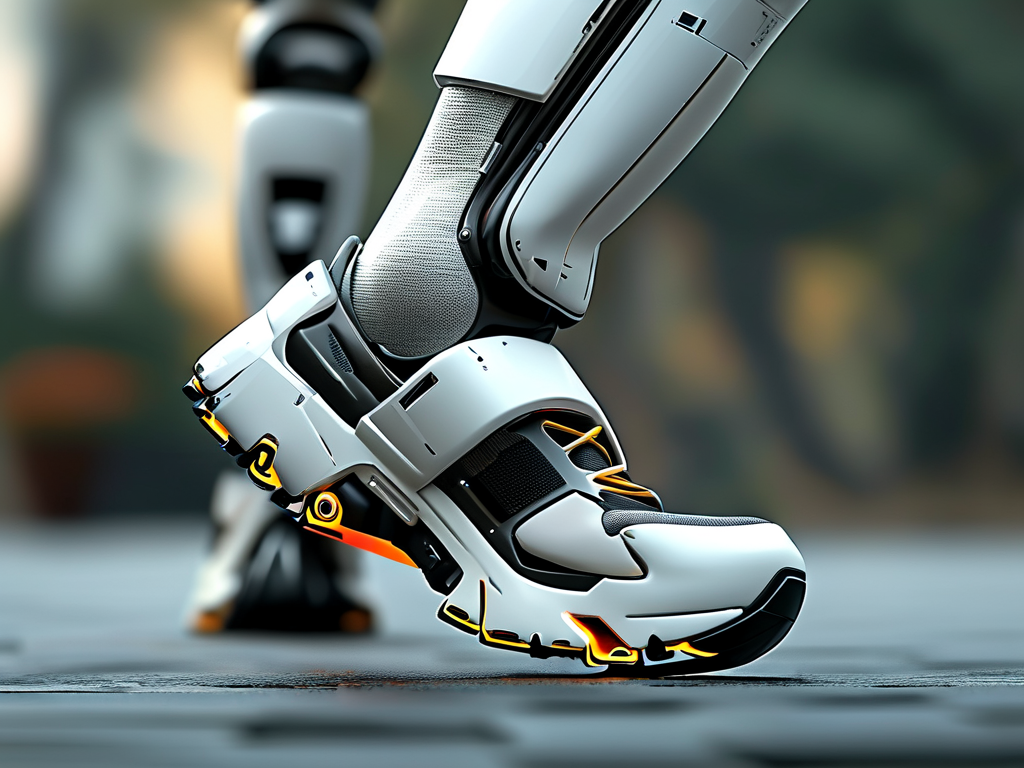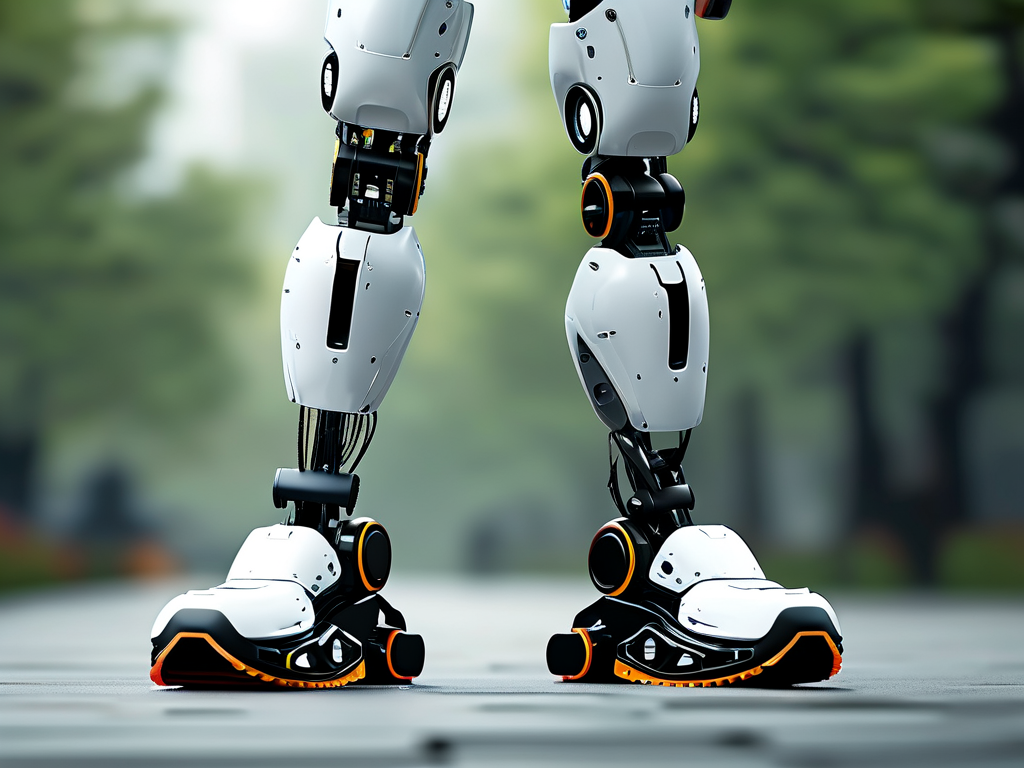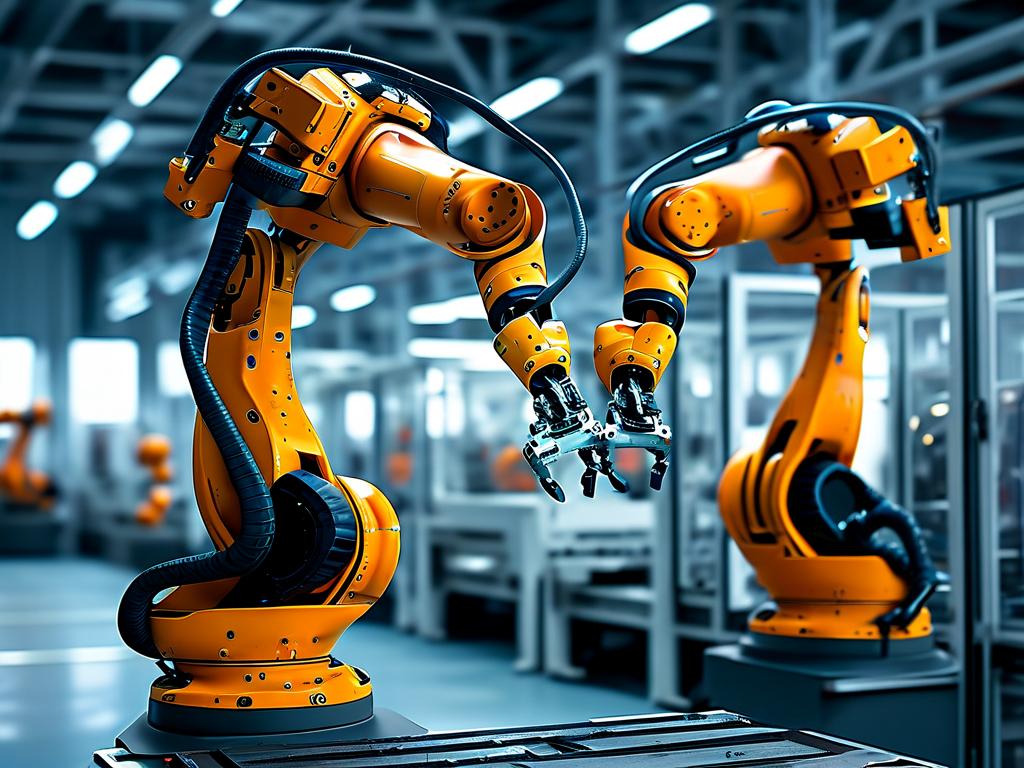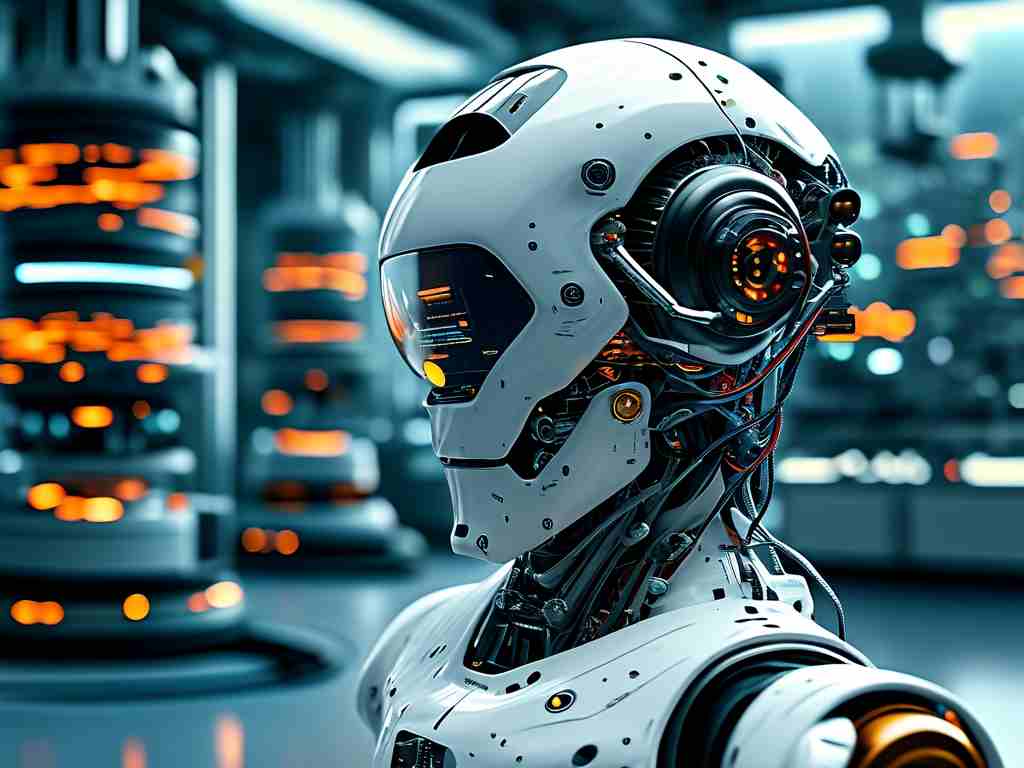The evolution of robotic gait technology represents a groundbreaking fusion of biomechanics, control theory, and artificial intelligence. At its core, this field focuses on enabling machines to mimic or surpass the locomotion capabilities of biological organisms. Unlike traditional wheeled systems, legged robots face unique challenges in balance, energy efficiency, and terrain adaptability. This article explores the underlying mechanisms driving robotic gait development and their real-world implications.
Biomechanical Foundations
Robotic gait systems often draw inspiration from nature. Quadrupeds like cheetahs and hexapods like insects exhibit distinct movement patterns optimized for speed or stability. Engineers analyze these biological models through motion capture and force plate measurements to reverse-engineer joint coordination strategies. For instance, Boston Dynamics' "Spot" robot employs a trotting gait inspired by canine locomotion, allowing it to navigate uneven surfaces while maintaining low energy consumption.

Control Architecture
Three primary control paradigms dominate gait implementation:

- Central Pattern Generators (CPGs): Neural network-based algorithms that produce rhythmic output signals, simulating spinal cord functions in vertebrates.
- Zero Moment Point (ZMP): A stability criterion used in bipedal robots where the system continuously adjusts to keep ground reaction forces within support polygons.
- Reinforcement Learning: Emerging approaches where robots self-optimize gait patterns through trial-and-error interactions with environments.
Hybrid systems combining these methods show particular promise. Honda's ASIMO robot, for example, integrates ZMP calculations with predictive movement adjustments to handle unexpected obstacles.
Sensor Fusion Challenges
Effective gait control demands real-time processing of multisensory data. Inertial measurement units (IMUs) track body orientation, while force-sensitive resistors (FSRs) monitor ground contact pressure. Advanced systems like MIT's "Hermes" robot incorporate haptic feedback loops, allowing operators to physically sense and counteract balance disturbances through wearable interfaces.
Energy Efficiency Breakthroughs
Passive dynamics—a concept borrowed from pendulum mechanics—has revolutionized energy usage. Robots like Cornell's "Ranger" can walk over 40 miles on a single battery charge by minimizing active motor inputs and leveraging gravitational momentum. This principle mirrors human walking, where kinetic energy transfers between strides reduce muscular effort.
Terrain Adaptation Techniques
Modern gait systems employ predictive algorithms to adjust stride parameters dynamically. NASA's "Valkyrie" humanoid uses LIDAR and stereo vision to create 3D terrain maps, preprocessing foothold positions before executing movements. This differs from reactive systems that modify gaits post-disturbance, offering superior performance in disaster response scenarios.
Medical Rehabilitation Applications
Exoskeletons like ReWalk demonstrate gait technology's humanitarian potential. These devices combine surface electromyography (sEMG) sensors with adaptive controllers to detect user intent, enabling paralyzed individuals to stand and walk. Clinical trials show such systems can improve neuromuscular rehabilitation outcomes by 22-35% compared to traditional therapies.
Future Directions
Current research focuses on overcoming three key limitations:
- Slip recovery on low-friction surfaces
- Seamless gait transitions (e.g., walk-to-run)
- Fault tolerance during actuator failures
Teams at ETH Zurich recently demonstrated a quadruped robot capable of learning complex gaits in under 20 minutes through neuromorphic computing—a brain-inspired approach that mimics biological neural networks.
As materials science advances, artificial muscles made from shape-memory alloys or electroactive polymers may replace conventional motors, enabling more organic movement patterns. Meanwhile, 5G edge computing could enable real-time gait optimization via cloud-based machine learning models.
From industrial inspection to extraterrestrial exploration, robotic gait technology continues to redefine mobility boundaries. Its interdisciplinary nature ensures ongoing breakthroughs, blurring the line between engineered mechanisms and biological motion.









